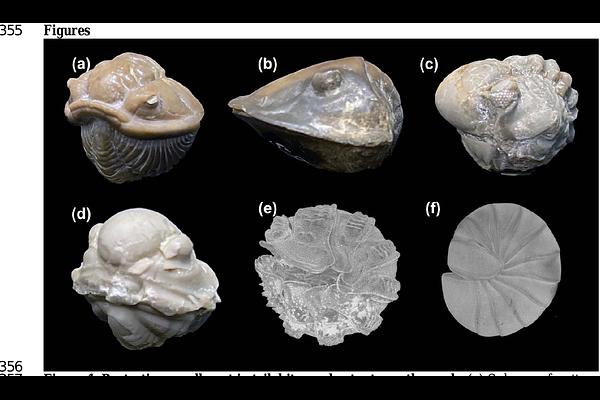Convergent evolution of ventral adaptations for enrollment in trilobites and extant euarthropods

Convergent evolution of ventral adaptations for enrollment in trilobites and extant euarthropods
Losso, S. R.; Affatato, P.; Nanglu, K.; Ortega-Hernandez, J.
AbstractThe ability to enroll for protection is an effective defensive strategy that has convergently evolved multiple times in disparate animal groups ranging from euarthropods to mammals. Enrollment is an evolutionary staple of trilobites, and their biomineralized dorsal exoskeleton offers a versatile substrate for the evolution of interlocking devices. However, it is unknown whether trilobites also featured ventral adaptations for enrolment. Here, we report ventral exoskeletal adaptations that facilitate enrollment in exceptionally preserved trilobites from the Upper Ordovician Walcott-Rust Quarry in New York State, USA. Walcott-Rust trilobites reveal the intricate three-dimensional organization of the non-biomineralized ventral anatomy preserved as calcite casts, including the spatial relationship between the articulated sternites (i.e., ventral exoskeletal plates) and the wedge-shaped protopodites. Enrollment in trilobites is achieved by ventrally dipping the anterior margin of the sternites during trunk flexure, facilitated by the presence of flexible membranes, and the close coupling of the wedge-shaped protopodites. Comparisons with the ventral morphology of extant glomerid millipedes and terrestrial isopods reveal similar mechanisms used for enrollment. The wedge-shaped protopodites of trilobites closely resemble the gnathobasic coxa/protopodite of extant horseshoe crabs. We propose that the trilobites\' wedge-shaped protopodite simultaneously facilitates tight enrollment and gnathobasic feeding with the trunk appendages.